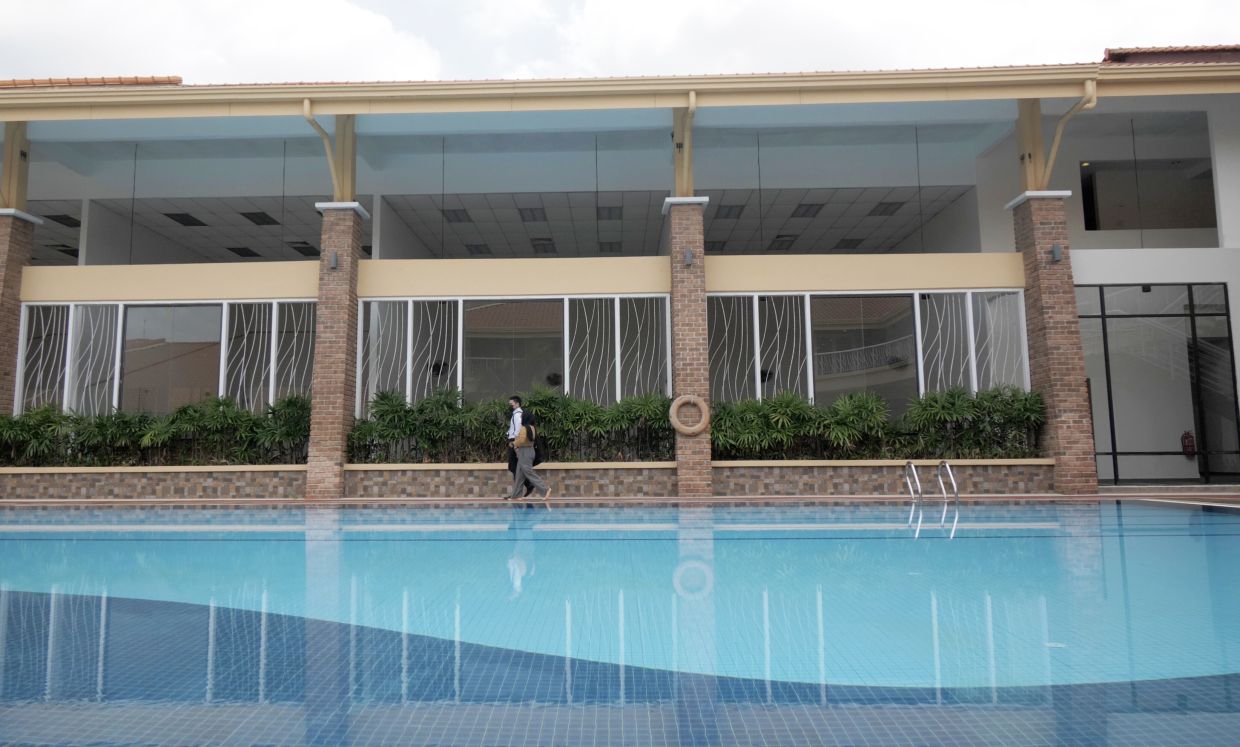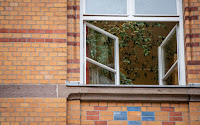Minimise those unsightly veinsVaricose veins cannot be cured, but there are treatments that can reduce their appearance and relieve discomfort.
chronic varicose veins cause problems ranging from solely cosmetic – women don’t like how they look – to discomfort to more severe problems such as blood clots and ulcers. — TNS
ONE out of two women and one out of three men have varicose veins. Varicose veins are swollen blood vessels that appear under your skin’s surface in your lower body. Blood backs up in your veins when your vein walls are weak and your valves aren’t working properly. Your legs, feet or ankles will develop blue and purple bulges as a result. They may be painful or itchy. The spider veins, which often surround varicose veins, are smaller red or purple lines on the surface of the skin. While varicose veins can be unsightly and uncomfortable, they aren’t dangerous. However, it is possible for severe varicose veins to cause serious health problems, such as blood clots. Injections, laser therapy, or surgery can treat most varicose vein symptoms.What causes them
As blood pressure in your vein increases, the weakened walls of your veins allow your vein to become larger. When your vein stretches, the valves that keep blood flowing in one direction can’t function properly. In a sluggish vein, blood pools or backs up, causing your vein to swell, bulge and twist. Varicose veins can be caused by several factors. As we age, our vein walls and valves become less efficient. And as the veins age, they become stiffer and lose elasticity. Vein walls can stretch as a result of female hormones. Varicose veins are more common in pregnant women, people taking birth control pills, and women going through menopause. A study published by researchers at the Universitat Leipzig in Germany noted that all of the men in their study with varicose veins had higher levels of estradiol and lower levels of testosterone compared to the men with healthy veins. In one recent study, regardless of age, the men with varicoceles (an enlargement of the veins within the loose bag of skin that holds the testicles) had significantly lower testosterone levels than the men without them. There is a family history of this condition (it runs in families). Varicose veins are more likely to develop in people who use tobacco products. Sometimes, blood vessels are pressed by excess weight (obesity). Standing or sitting for long periods of time decreases circulation. Blood flow can be decreased by wearing restrictive clothing, such as girdles or pants with tight waistbands. Pressure in the veins is increased by certain health conditions, such as severe constipation or certain tumours. Usually, varicose veins appear as gnarled, blue or purple veins just under the skin’s surface.Look out for these signs
Symptoms include: > Bulging veins: Twisted, swollen, rope-like veins are often blue or purple. They appear just below the surface of the skin on your legs, ankles and feet. They can develop in clusters. Tiny red or blue lines (spider veins) may appear nearby. > Heavy legs: After physical activity, your legs may feel tired, heavy, or sluggish. > Itching: Varicose veins may itch around the area. > Pain: Your legs may be sore, achy, or painful, especially behind your knees. Muscle cramps may also occur. > Swelling: Your legs, ankles and feet can swell and throb. > Skin discolouration and ulcers: Leaving varicose veins untreated can cause brown discolourations on the skin. Venous ulcers (sores) can result from severe varicose veins.Are varicose veins common?
Varicose veins affect around a third of all adults, and are more common in women than in men. Spider veins are commonly misdiagnosed as varicose veins, but there is a difference. Varicose veins are thicker and larger than spider veins, which resemble red or blue spider webs or branches of trees. They appear close to the skin’s surface. There is usually no pain associated with spider veins and they can appear behind your knees, on your feet, or on your face. On the other hand, varicose veins affects only the legs and feet. They develop on the lower half of the body, usually in the calves, ankles and feet. Sometimes, varicose veins can develop in the pelvis (pelvic congestion syndrome), especially in women who have had children. In men, varicose veins in the testicles can cause infertility.How a diagnosis is made
During a physical examination, healthcare providers can diagnose the condition. Your veins will be felt and examined while you sit and stand. Ultrasounds can show how your valves are working and if there are blood clots. Varicose veins may not be preventable. By living an active, healthy lifestyle, you can reduce your risk of developing them. The following measures are recommended by healthcare providers to prevent and treat varicose veins: > Avoid long periods of standing: If you work on your feet all day, take frequent breaks to stretch and walk around.> Elevate your legs: Keeping your feet above your waist will increase blood flow to your heart.
> Stay active: Avoid sitting for too long and move frequently to improve circulation.
> Try compression stockings: They compress your veins and help blood circulate, preventing varicose veins from getting worse. >
Wear clothes that fit properly: Make sure your waistband isn’t too tight to encourage blood flow.
> Maintain a healthy weight: Losing excess pounds reduces blood vessel pressure.
> Quit tobacco use: Smoking damages blood vessels, reduces blood flow, and causes a variety of health problems.
Treatment options
Varicose veins cannot be cured, but these treatments can reduce their appearance and relieve discomfort:
> Injection therapy (sclerotherapy): Medical professionals inject a solution into your veins so that the vein walls stick together as a result of the solution. Eventually, your vein turns into scar tissue and fades away. > Laser therapy: Endovenous thermal ablation is a minimally invasive procedure that closes off damaged veins with the use of a catheter (a long, thin tube). > Vein surgery: A vein is ligated or stripped during these procedures to prevent blood from pooling. The vein may be removed (stripped) to prevent varicose veins from returning. Do be aware that treatments for varicose veins have side effects. The side effects associated with sclerotherapy include redness or bruising for a few days where a needle went into your skin; lumps or hardness for a few months; brown areas (for several months) on skin where the needle touched; and the possibility of developing new varicose veins after sclerotherapy. After endovenous ablation, varicose veins can also occur again in half of the people who have surgical stripping. Potential side effects of this treatment include injury to a nerve, deep vein thrombosis (a blood clot in a vein deep inside your body), skin burns, scarring and infection.




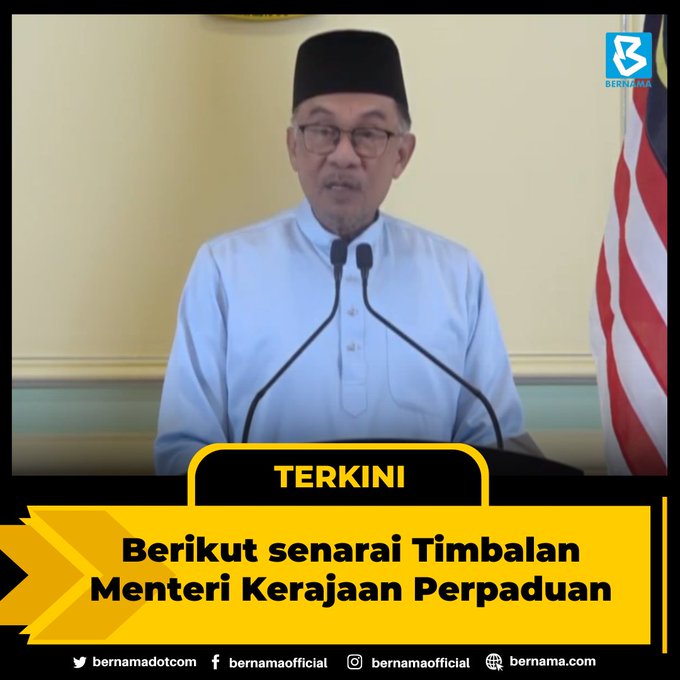





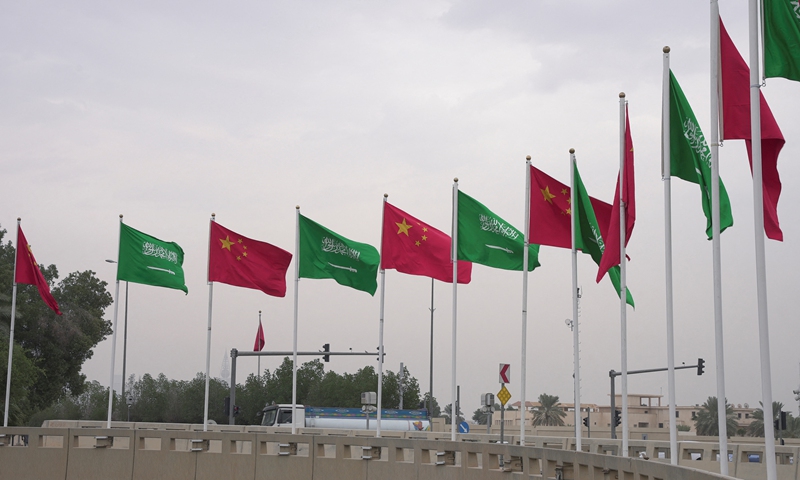
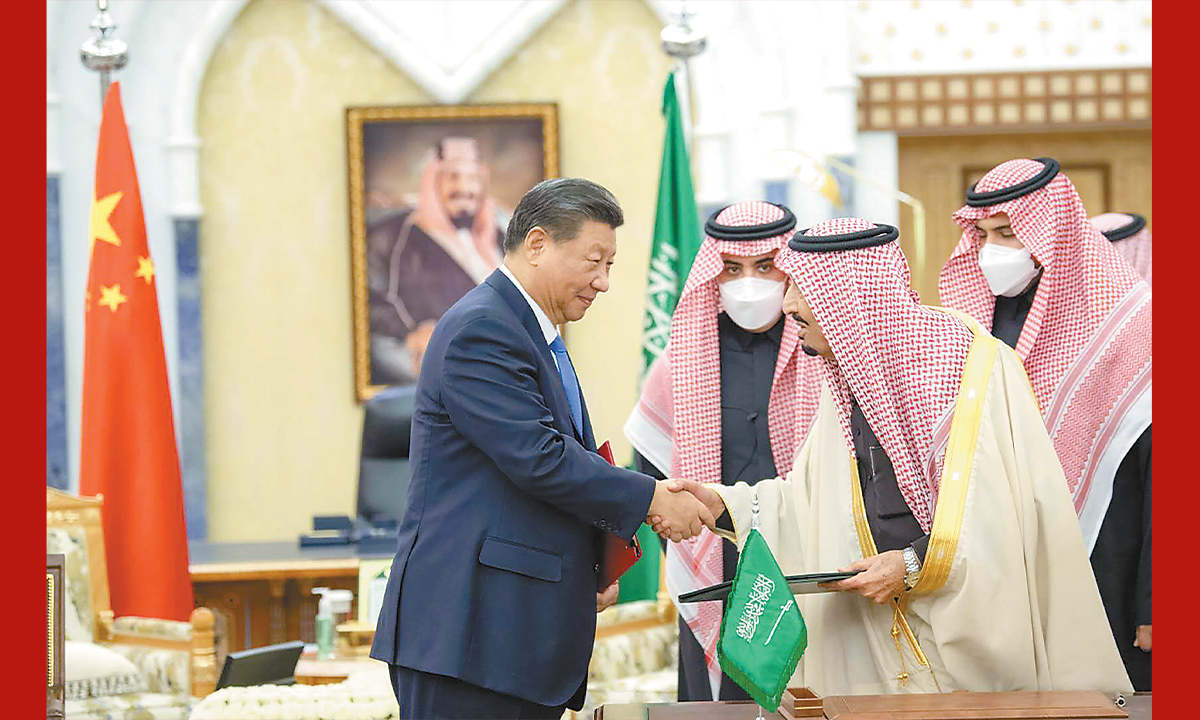
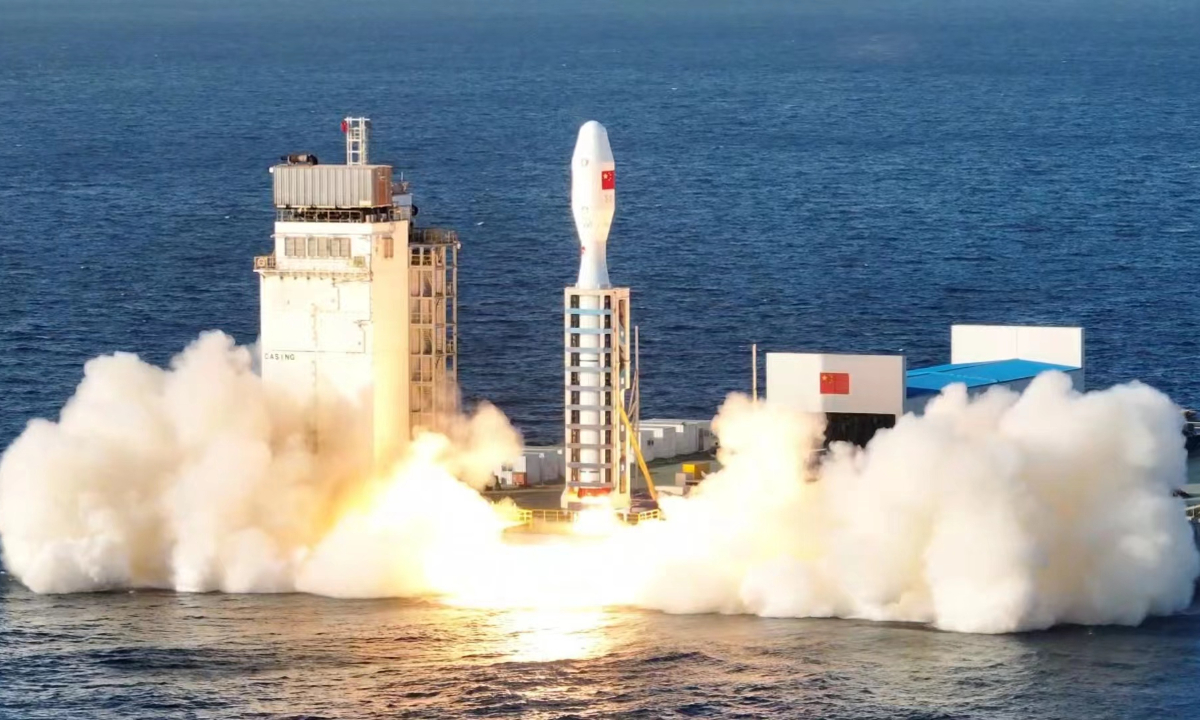
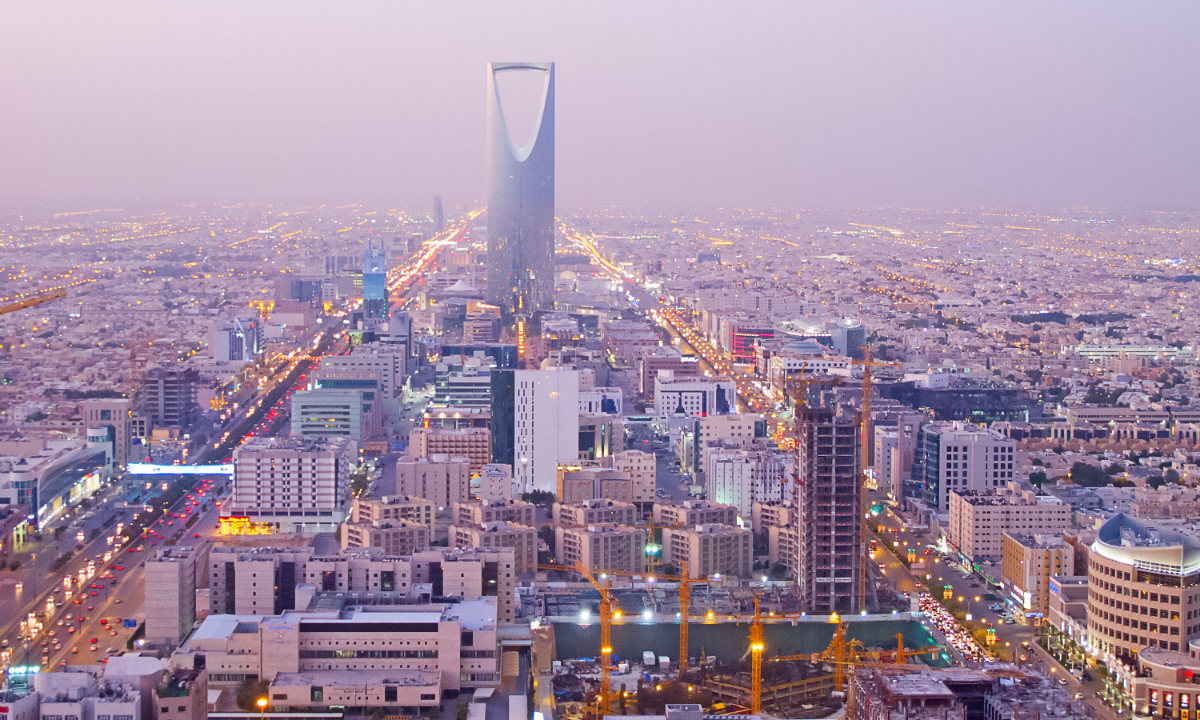
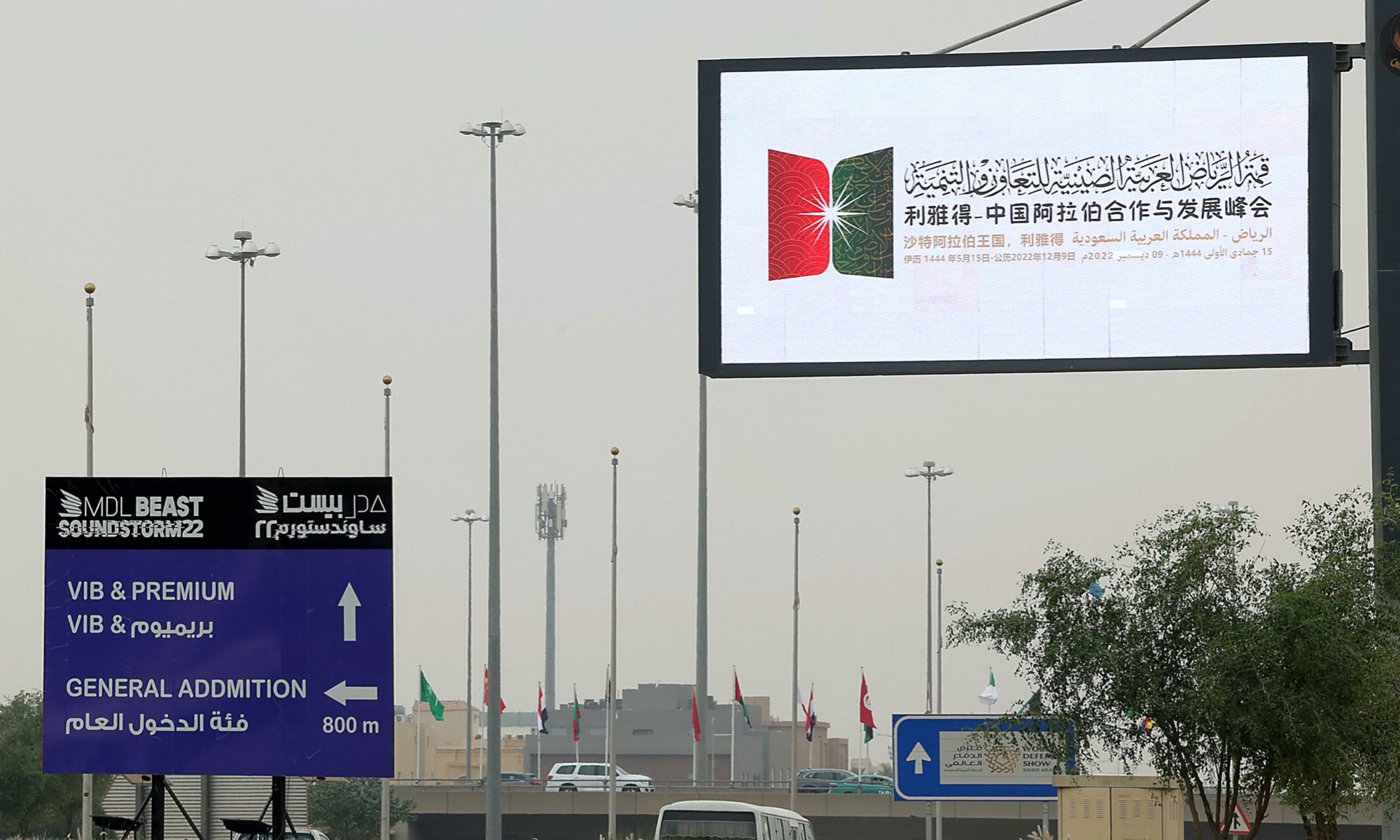


 .
.
